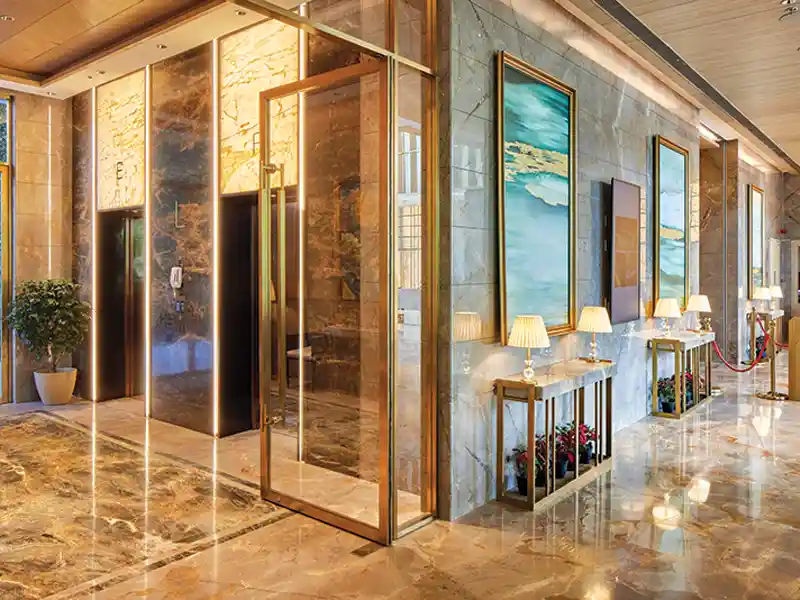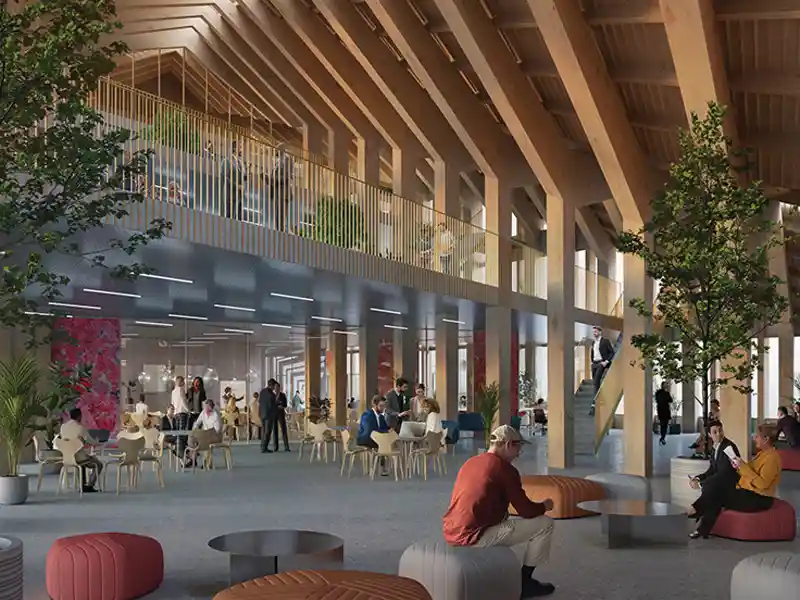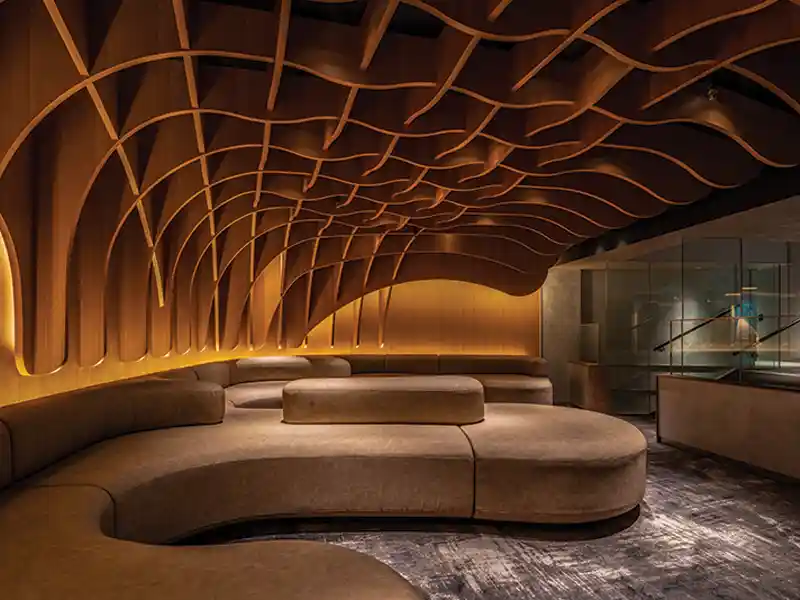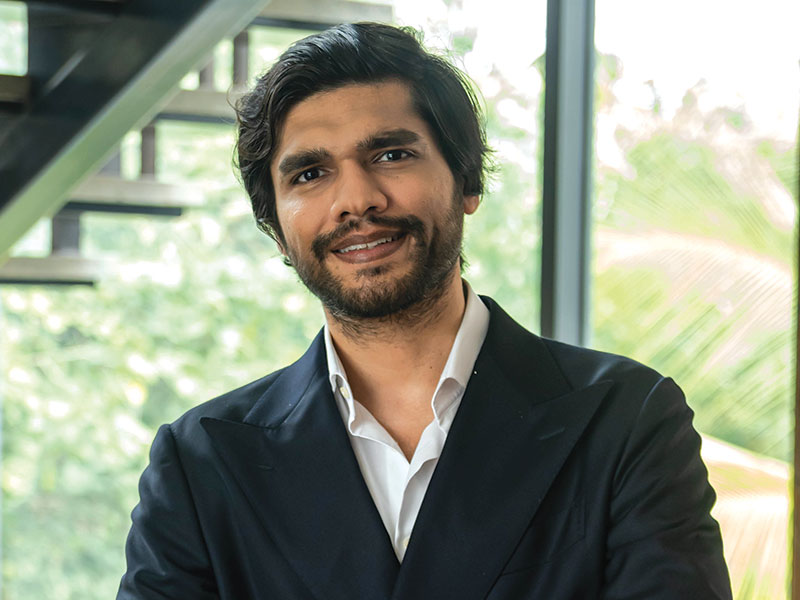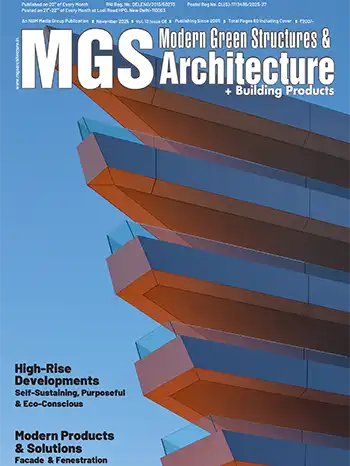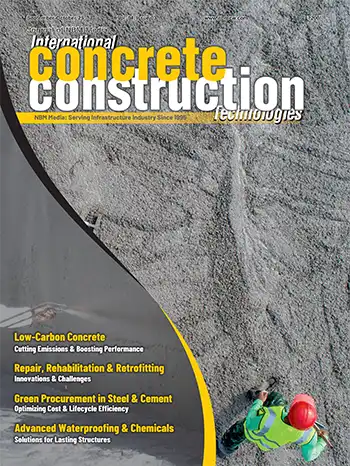Green roofs and skins represent powerful tools in the regenerative architect’s toolkit, offering solutions that mitigate environmental impacts and actively enhance urban ecosystems; they help create resilient, vibrant urban ecosystems.
Bhuvan Kapila - Founder & Principal Architect, Workshop for Metropolitan Architecture
Regenerative architecture goes beyond sustainability by seeking to restore ecosystems in which buildings are situated. Central to this approach are green roofs and skins, innovative strategies that integrate vegetation into the fabric of our structures.
Green roofs, also known as living roofs, are one of the most effective strategies in regenerative architecture. These roofs enhance biodiversity by providing habitats for various species. They improve air quality by filtering pollutants and sequestering carbon dioxide. Moreover, green roofs help in stormwater management, reducing runoff and mitigating the risk of urban flooding.

Within this paradigm, the insulating properties of green roofs contribute to energy savings. During summer, they reduce the heat island effect, and in winter, they provide additional insulation. Additionally, green roofs transform urban landscapes, offering visual relief from concrete jungles and creating serene spaces. These green spaces enhance mental well-being and align with the ethos of regenerative design.
Embedded within the context, are green skins, or living walls, which serve as vertical surfaces of buildings. These facades contribute to the regenerative goals of enhancing urban ecosystems and improving building performance. Green facades act as natural insulators, reducing heat absorption and maintaining indoor temperatures. This lowers the reliance on artificial cooling systems.
Living walls increase oxygen levels, improving air quality both inside and outside the building. This is particularly beneficial in densely populated urban areas where air pollution is a significant concern. The vegetation in green skins absorbs sound, reducing noise pollution and creating quieter, more pleasant environments for building occupants and surrounding areas.

The successful implementation of green roofs and skins requires thoughtful planning for them to effectively function in regenerative design. Choosing appropriate plant species that thrive in local climates can be integrated thoughtfully. They require minimal maintenance and add to the effectiveness of green roofs.
Additionally, buildings must be designed or retrofitted to support the moisture associated with vegetated systems. This often involves reinforcing structures and incorporating advanced waterproofing technologies. Regular maintenance, including irrigation and pest control, is essential to ensure the health and functionality of these skins.


